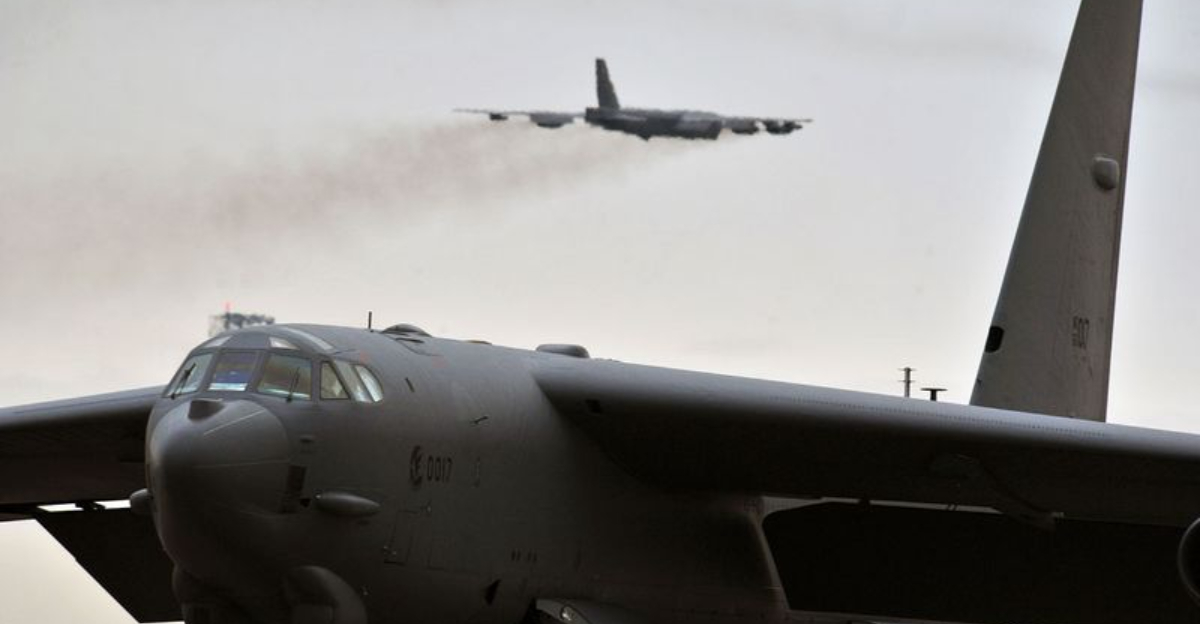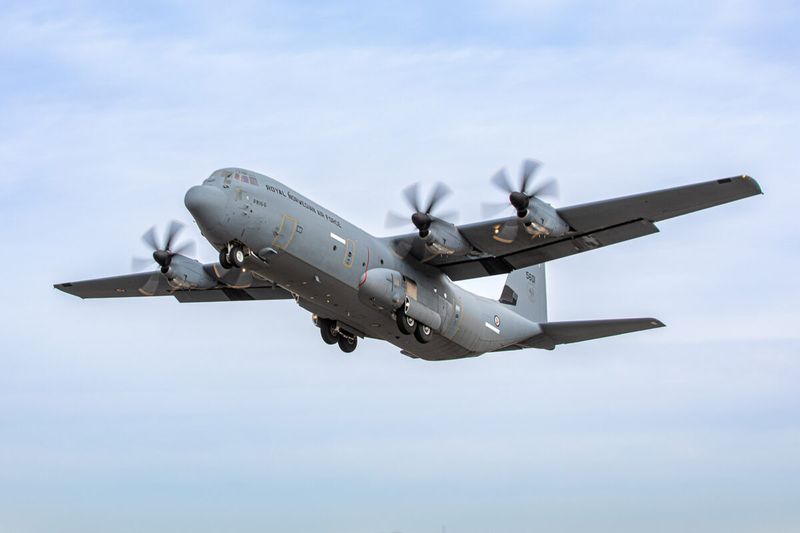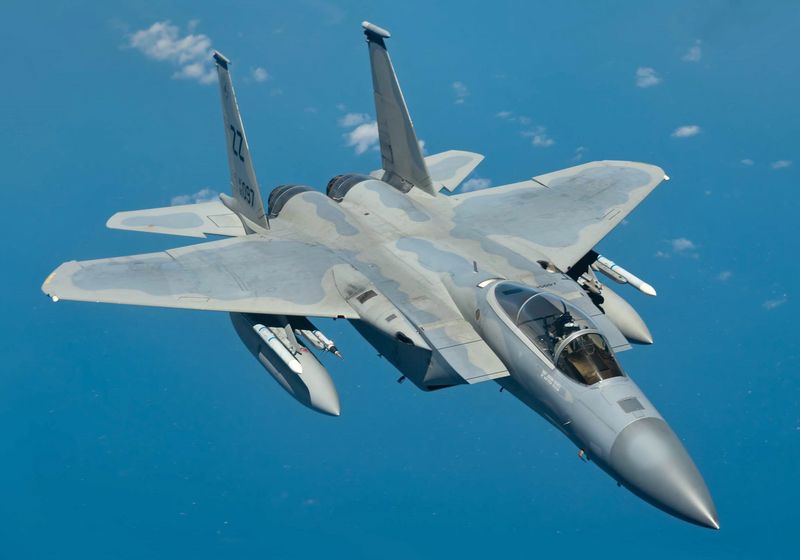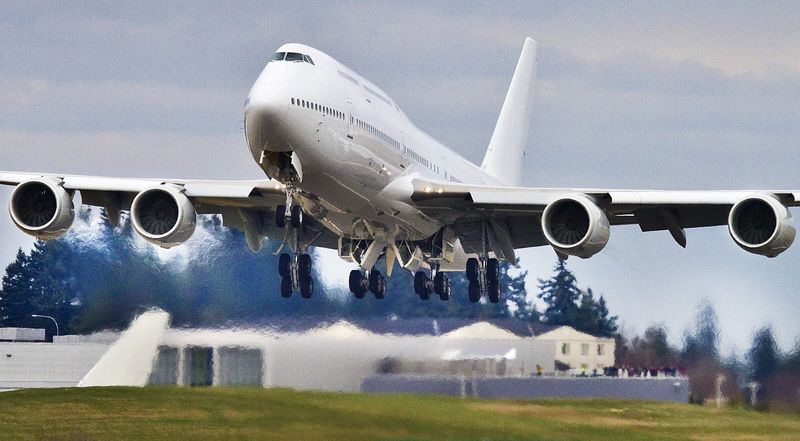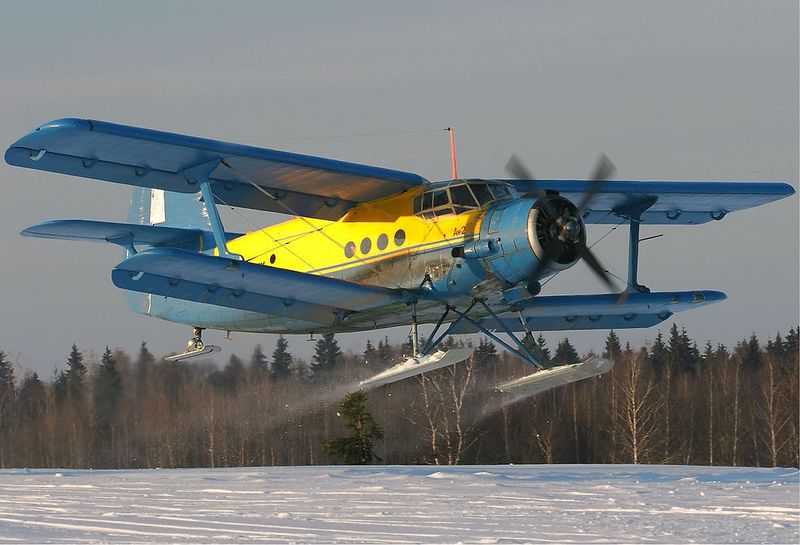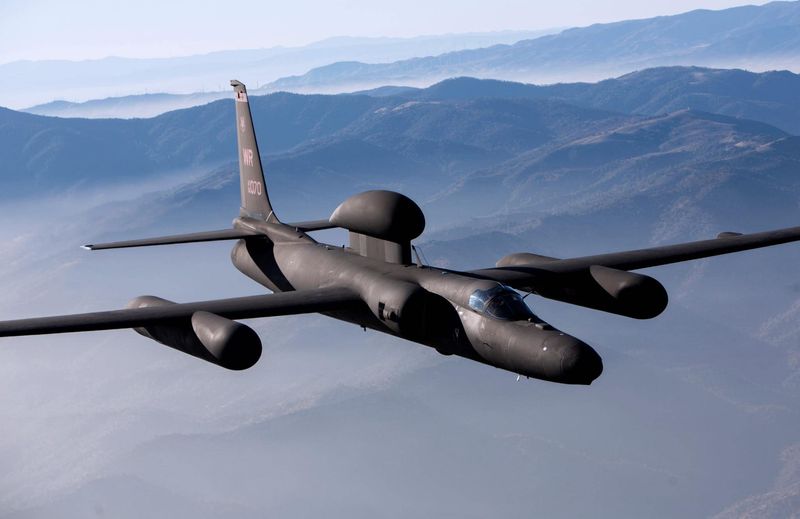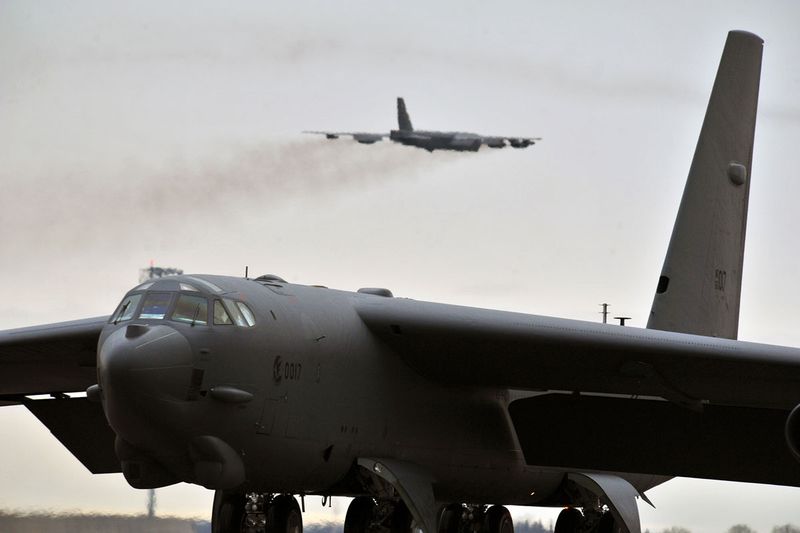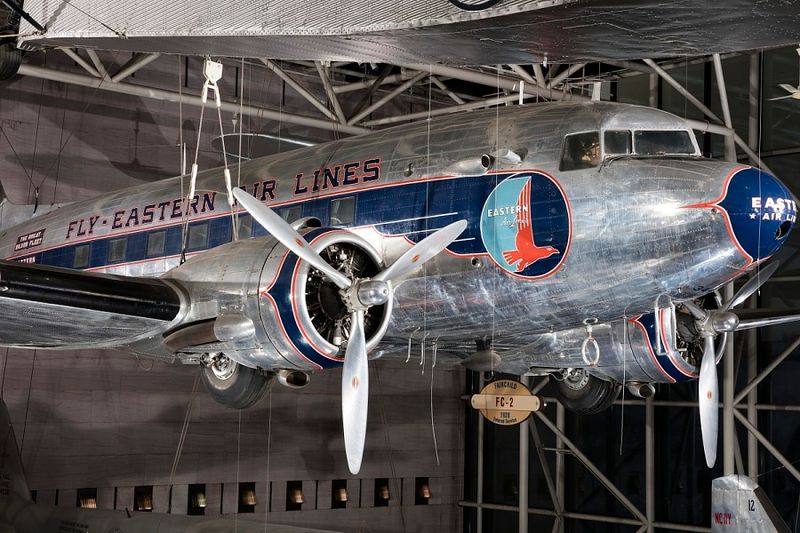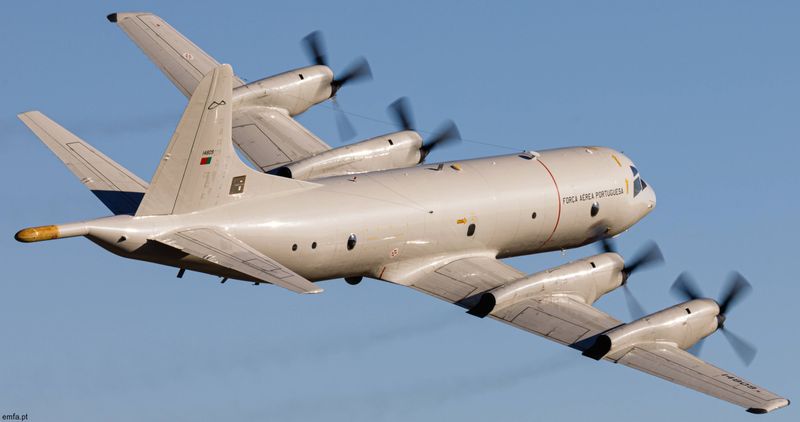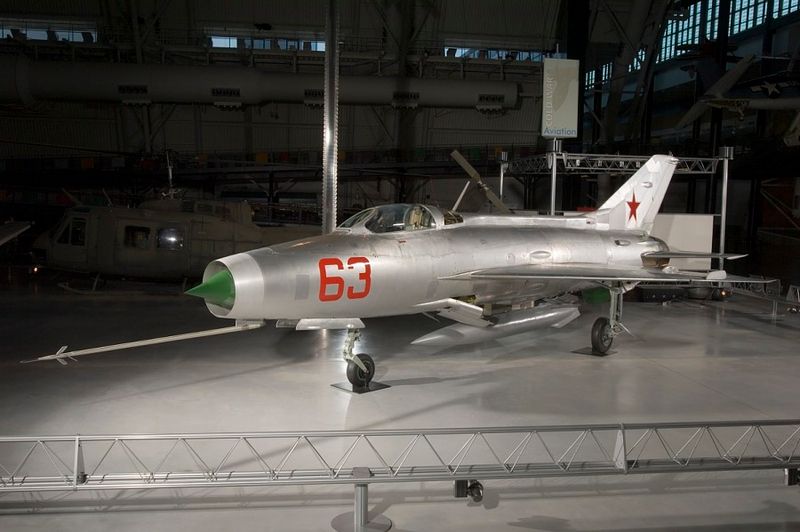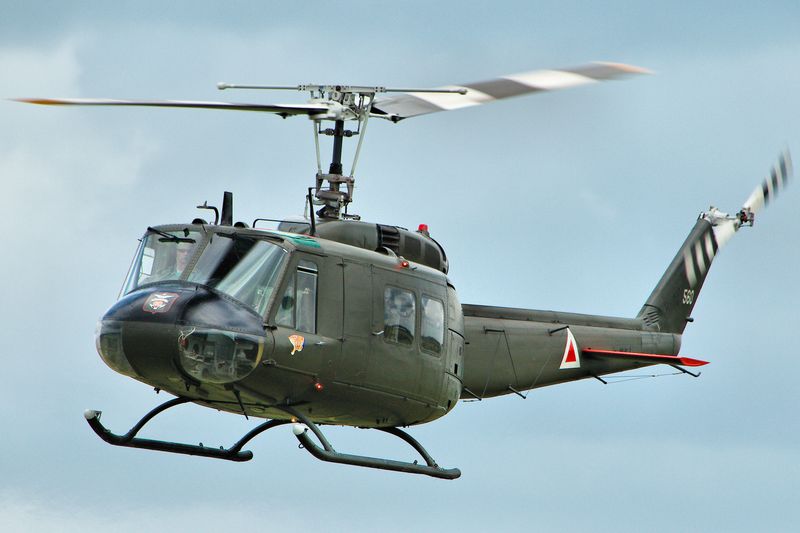Throughout aviation history, certain aircraft have achieved legendary status not only for their design and capabilities but also for their enduring service lives. These planes continue to soar due to their unique qualities and continuous adaptability to modern needs. From military giants to versatile cargo carriers, here are ten iconic aircraft that refuse to retire.
1. Lockheed C-130 Hercules
First flown in 1954, the Lockheed C-130 Hercules is renowned for its unparalleled versatility. It serves roles ranging from cargo transport to aerial refueling and even gunship duties. Over 70 countries around the world rely on the C-130 for their military and civilian needs. Its ability to operate in diverse environments, from rugged terrains to remote locations, cements its status as an aviation cornerstone. The Hercules continues to adapt to new roles, proving that versatility and reliability are timeless traits in aviation.
2. McDonnell Douglas F-15 Eagle
With its first flight in 1972, the McDonnell Douglas F-15 Eagle quickly became a symbol of air superiority. Known for its near-perfect air-to-air combat record, the F-15 continues to evolve with modern upgrades. The introduction of the F-15EX variant signifies its ongoing role as a front-line fighter. Its remarkable speed, agility, and combat capabilities have made it a favorite among pilots. The F-15’s enduring legacy in military aviation highlights its exceptional design and effectiveness, ensuring it remains a formidable presence in the skies.
3. Boeing 747 (“Queen of the Skies”)
The Boeing 747, affectionately known as the “Queen of the Skies,” first flew in 1969. While many airlines have phased it out of passenger service, cargo carriers continue to rely on its immense freight capacity. The 747 also serves as the base for Air Force One, the prestigious aircraft for the U.S. President. Its unique design and unrivaled size have made it a symbol of long-haul air travel. Despite newer models entering the market, the 747’s legacy of innovation and reliability ensures its continued presence in global aviation.
4. Antonov An-2
Introduced in 1947, the Antonov An-2 is a testament to the durability and functionality of Soviet-era aviation. This biplane excels in remote regions thanks to its ability to take off and land on short and unprepared runways. Its simple design and ease of maintenance make it a favorite in areas where advanced infrastructure is lacking. The An-2’s rugged construction allows it to operate in harsh climates and challenging conditions, ensuring its ongoing usefulness. Its enduring presence in aviation showcases the lasting appeal of robust, practical design.
5. U-2 Dragon Lady
The U-2 Dragon Lady, introduced in 1955, remains a crucial asset for high-altitude reconnaissance missions. Capable of flying at altitudes surpassing many modern aircraft, the U-2 excels in surveillance tasks that require detailed observation. Despite the advent of satellites, its ability to provide real-time intelligence at such heights is unmatched. The U-2’s stealthy design and adaptability to technological upgrades have ensured its continued relevance. Its presence in the skies is a reminder of the strategic importance of high-altitude reconnaissance in modern warfare.
6. Boeing B-52 Stratofortress
The Boeing B-52 Stratofortress first took to the skies in 1952. This nuclear-capable bomber remains a vital part of the U.S. Air Force fleet due to its ability to carry a massive payload and its impressive long-range capabilities. Over the decades, the B-52 has undergone numerous modern upgrades, making it adaptable to various missions. Expected to fly into the 2050s, it represents a century-long legacy of military aviation. Its robust design and strategic value keep it indispensable, proving that sometimes the old ways are still the best.
7. Douglas DC-3
Known as the “plane that changed the world,” the Douglas DC-3 first flew in 1935. It revolutionized air travel with its reliability and efficiency, becoming a staple in both military and civilian aviation. The DC-3’s rugged construction allows it to operate in challenging environments, making it a preferred choice for bush operations and remote travel. Its ability to adapt to various roles, from transport to cargo, highlights its versatility. The DC-3’s enduring presence in aviation history is a testament to its superior engineering and practical design.
8. Lockheed P-3 Orion
First flown in 1959, the Lockheed P-3 Orion continues to serve in maritime patrol, reconnaissance, and anti-submarine warfare. Its durability and adaptability make it invaluable to the U.S. Navy and allied forces. The P-3’s distinctive design includes a magnetic anomaly detector boom, enhancing its submarine hunting capabilities. Despite the introduction of newer alternatives, the P-3 remains a trusted workhorse in maritime operations. Its legacy of service and reliability in diverse naval missions underscores its significance in modern military aviation.
9. Mikoyan-Gurevich MiG-21
The Mikoyan-Gurevich MiG-21, which first flew in 1956, remains active due to its affordability and ease of maintenance. A staple of many air forces, including those of India and North Korea, the MiG-21’s simple design belies its effectiveness. Its nimble handling and combat capabilities made it a popular choice during the Cold War. The MiG-21’s enduring service life is a testament to its robust engineering and cost-effectiveness, allowing it to remain a viable option for countries with limited defense budgets.
10. Bell UH-1 Iroquois (“Huey”)
Famous for its role in the Vietnam War, the Bell UH-1 Iroquois, commonly known as the “Huey,” first flew in 1956. Its adaptability makes it a versatile asset for military and civilian purposes, including medevac and firefighting. The Huey’s distinctive rotor sound and silhouette have made it an icon of rotary-wing aviation. Its ability to perform in diverse conditions has ensured its continued use worldwide. The Huey’s legacy is one of resilience and flexibility, cementing its place as a trusted and enduring helicopter in both historical and modern roles.
